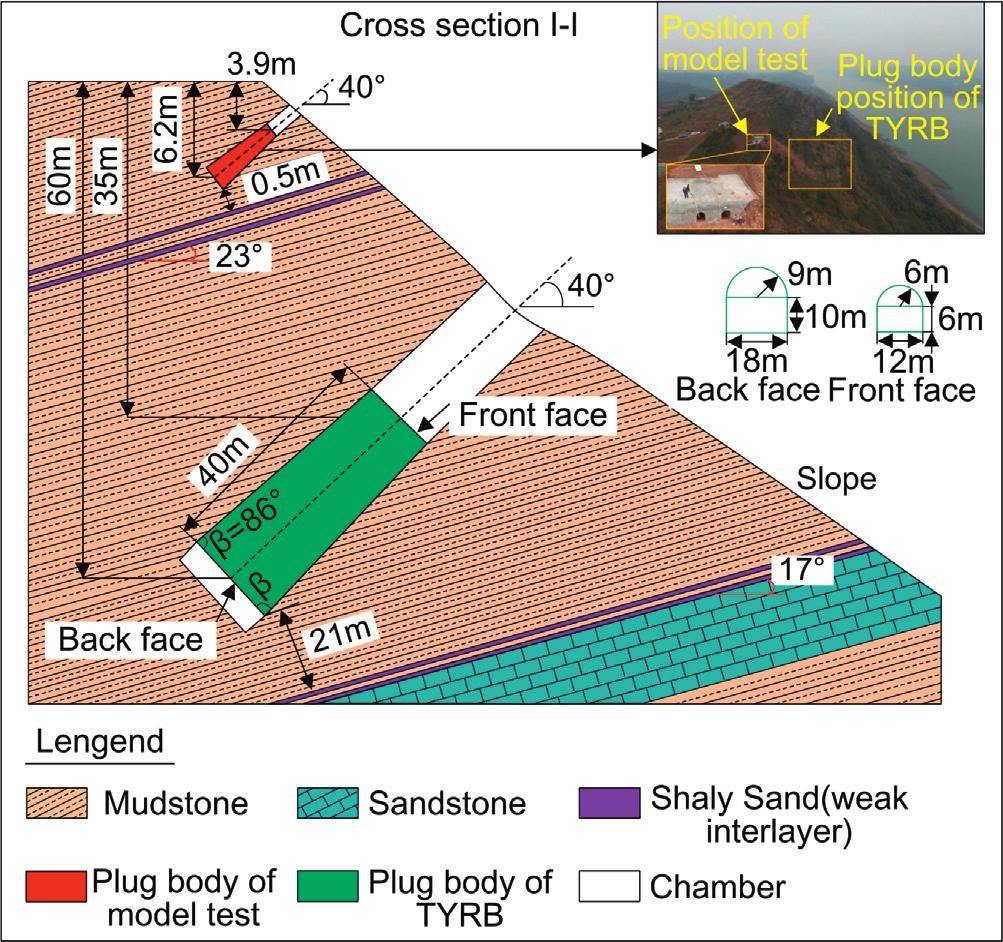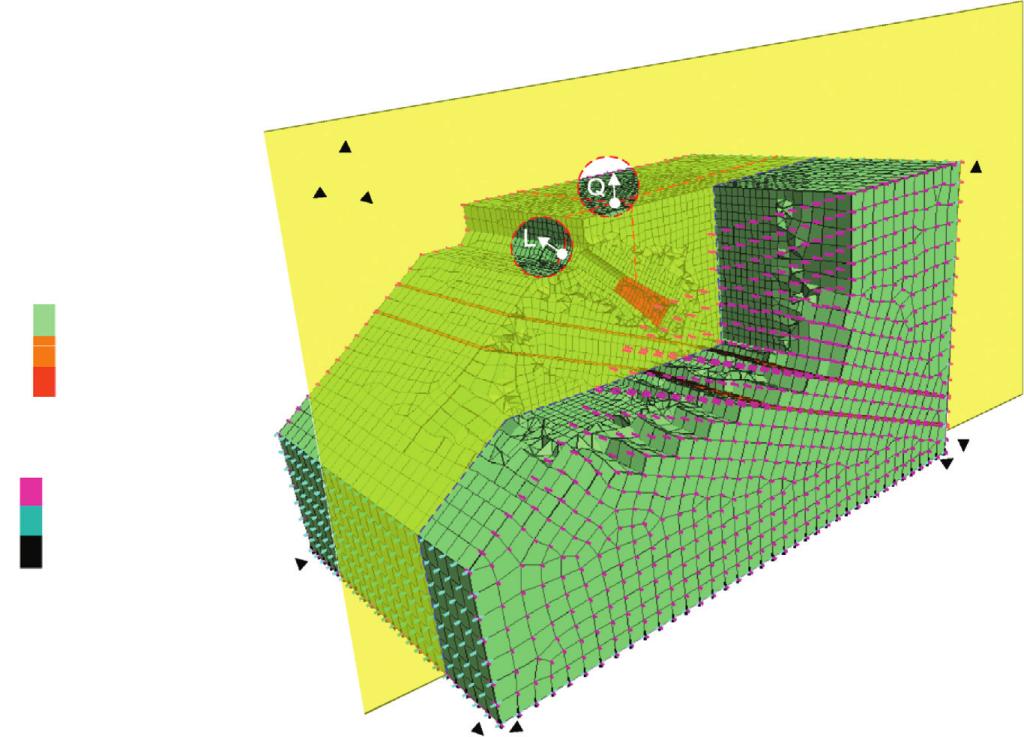Liu Xinrong, Han Yafeng, Li Dongliang, et al. Anti-pull mechanisms and weak interlayer parameter sensitivity analysis of tunnel-type anchorages in soft rock with underlying weak interlayers[J]. Engineering Geology, 2019, 253: 123-136.
Keywords: Tunnel-type anchorage (TTA); Anti-pull mechanisms; Soft rock; Weak interlayer; Model test
High Lights:
Anti-pull mechanisms of tunnel-type anchorage (TTA) in soft rock are investigated.
The suitability of the TTA in soft rock with underlying weak interlayer is verified.
The relationship between failure of the TTA and the weak interlayer is analysed.
Sensitivity of weak interlayer’ parameters to the rock deformation is obtained.
Abstract:
Geologic structures such as weak interlayers and joints adversely affect the stability of tunnel-type anchorages(TTAs). The load transfer and rock mass deformation characteristics of TTAs with underlying weak interlayers in soft rock strata are analysed in this work by means of a field-based reduced scale model test. Using FLAC3D, we investigate the effects of weak interlayer parameters (i.e. dip angle, minimum distance between weak interlayers and plug body, thickness, elasticity modulus, cohesion and internal friction angle) on the deformation char- acteristics and failure modes of TTAs. The sensitivity of the weak interlayer parameters to the deformation of rock masses is ranked according to the calculation of sensitivity factor. Results from this study show that four stages of rock mass deformation are observed. A strong interaction is observed between the postmedian plug body and the surrounding rock. The surrounding rock at the rear end of the plug body is the main bearing part of the TTA during loading. The dip angle of weak interlayers is the most sensitive parameter that affects the deformation of surrounding rocks, and it is also closely related to the ultimate failure mode of TTAs in soft rock with underlying weak interlayers. If reasonable design is taken to properly handle the relationship between the plug body and the weak interlayer, the TTA will be able to remain stable.
Resource:https://www.sciencedirect.com/science/article/pii/S0013795219300651

